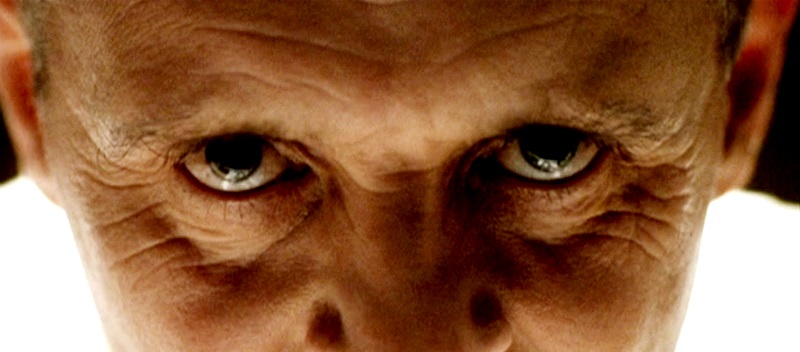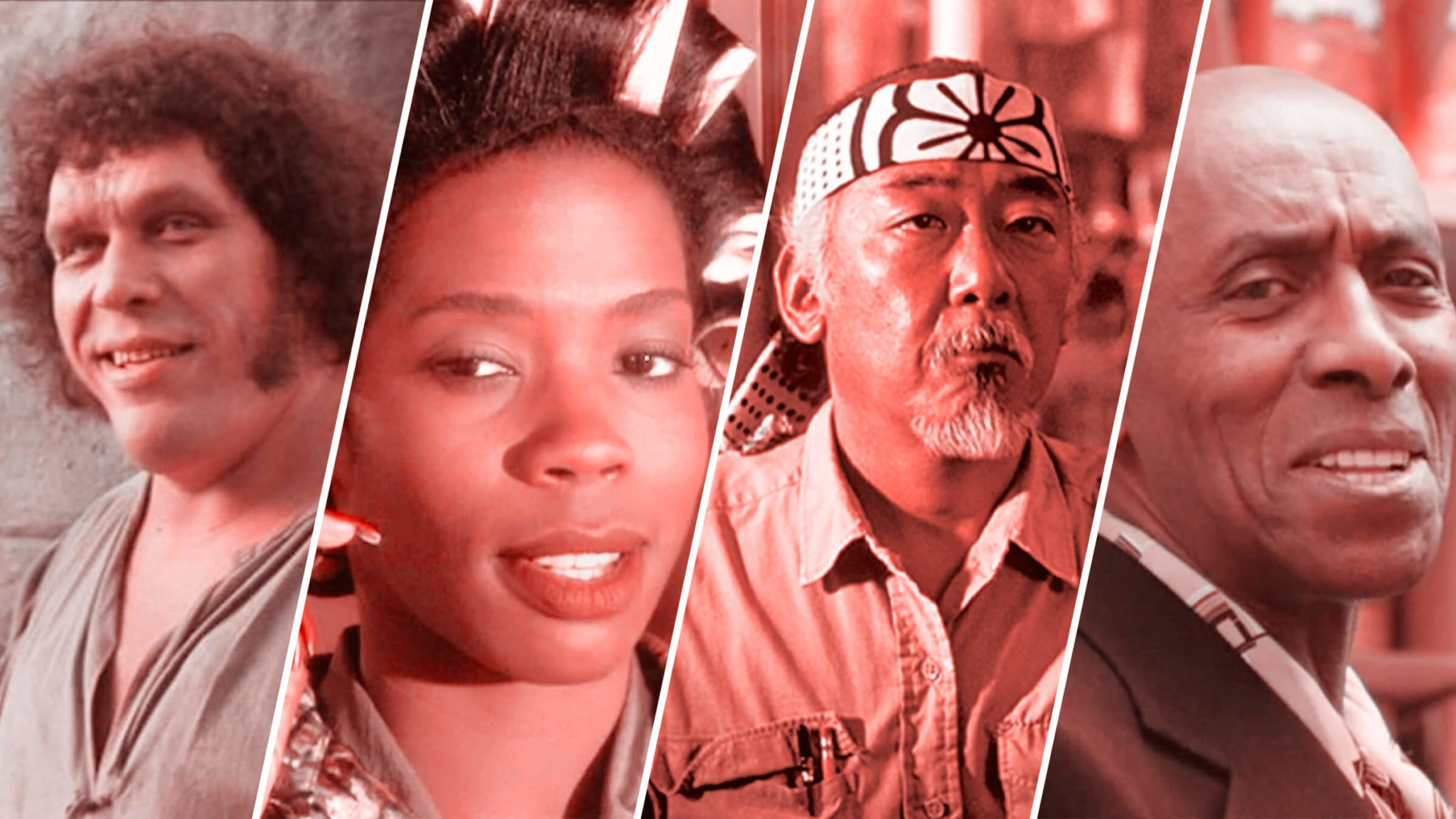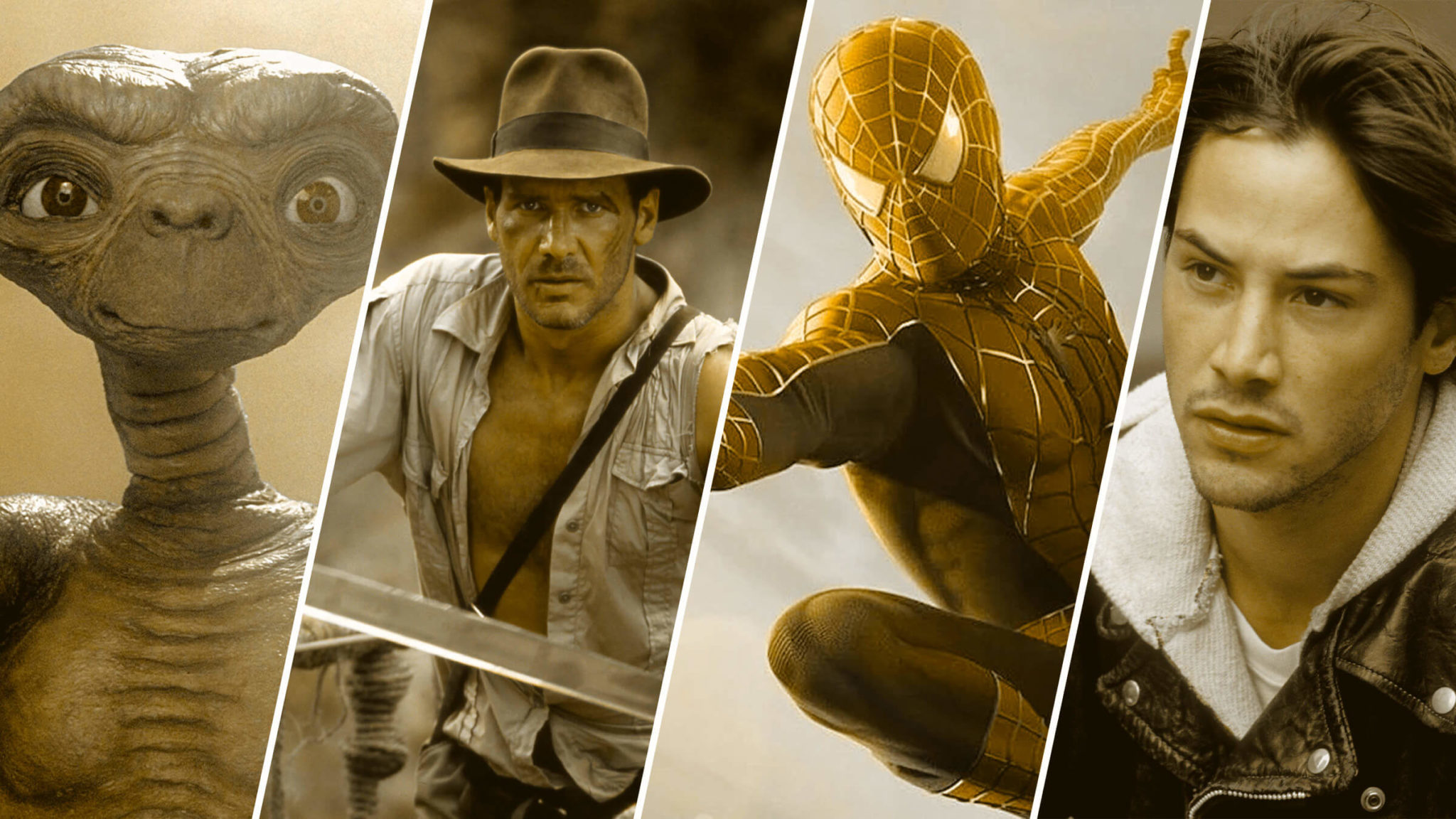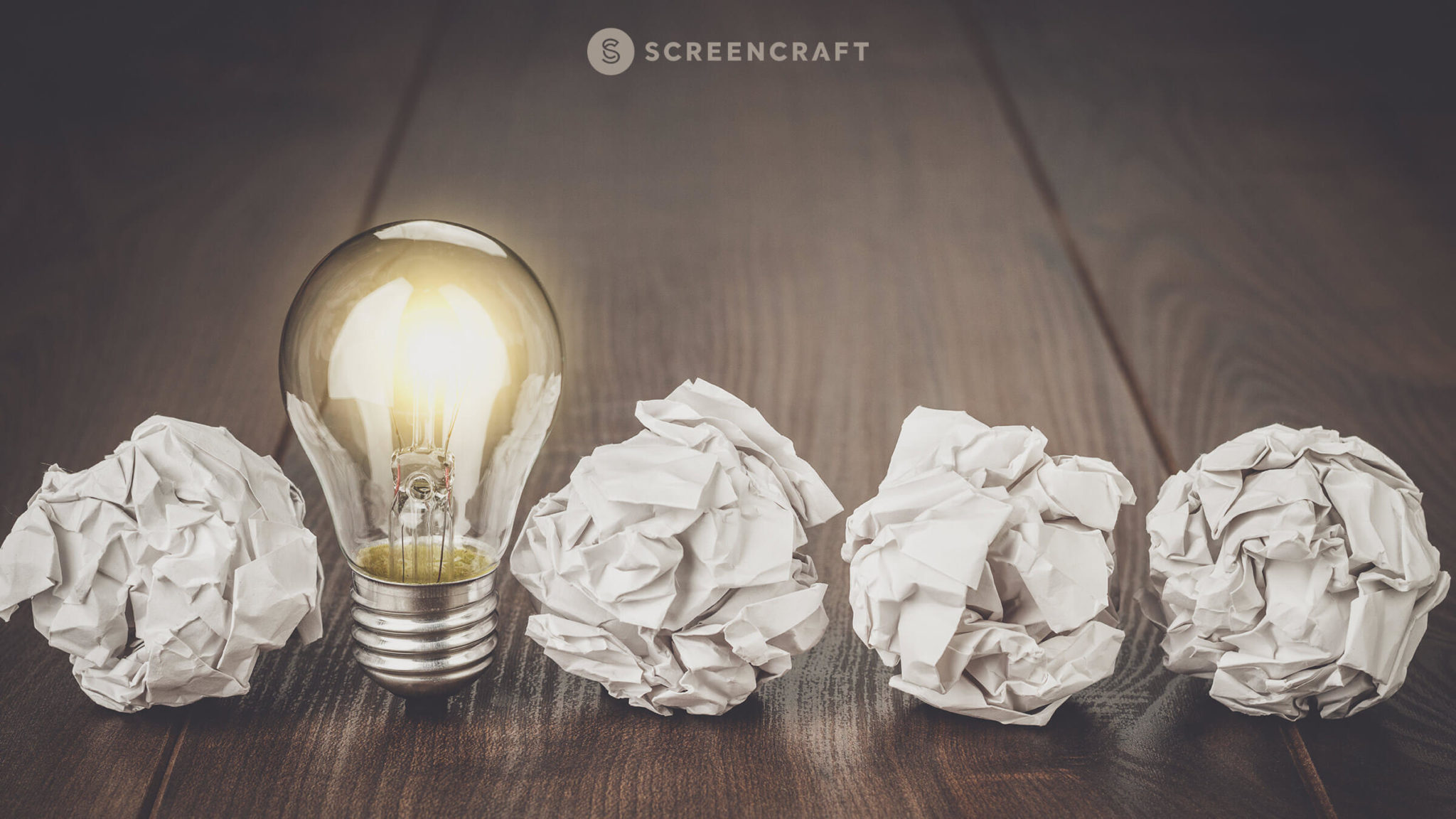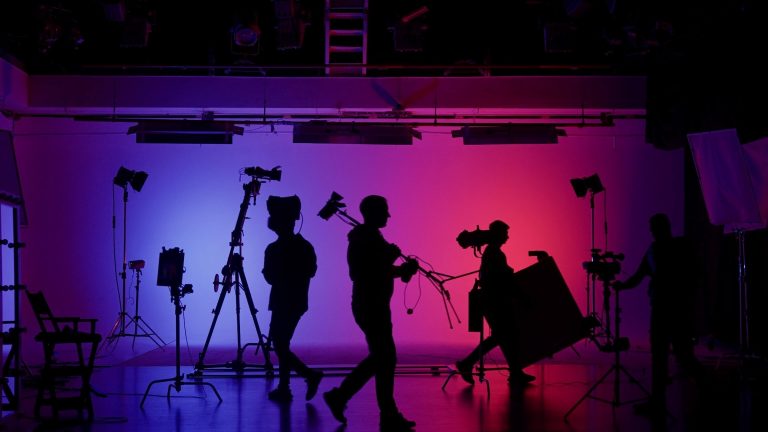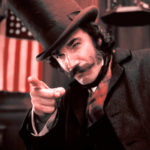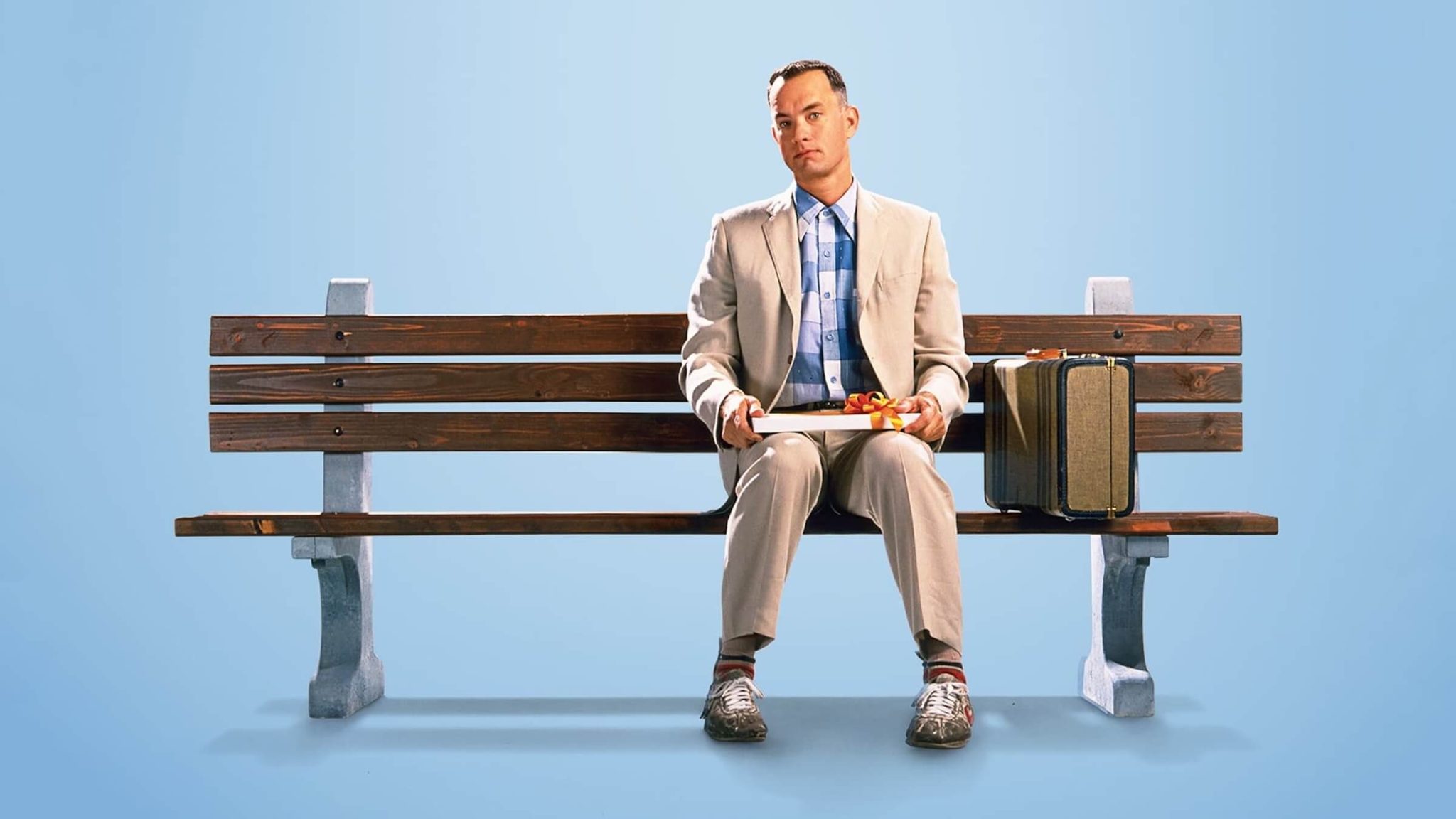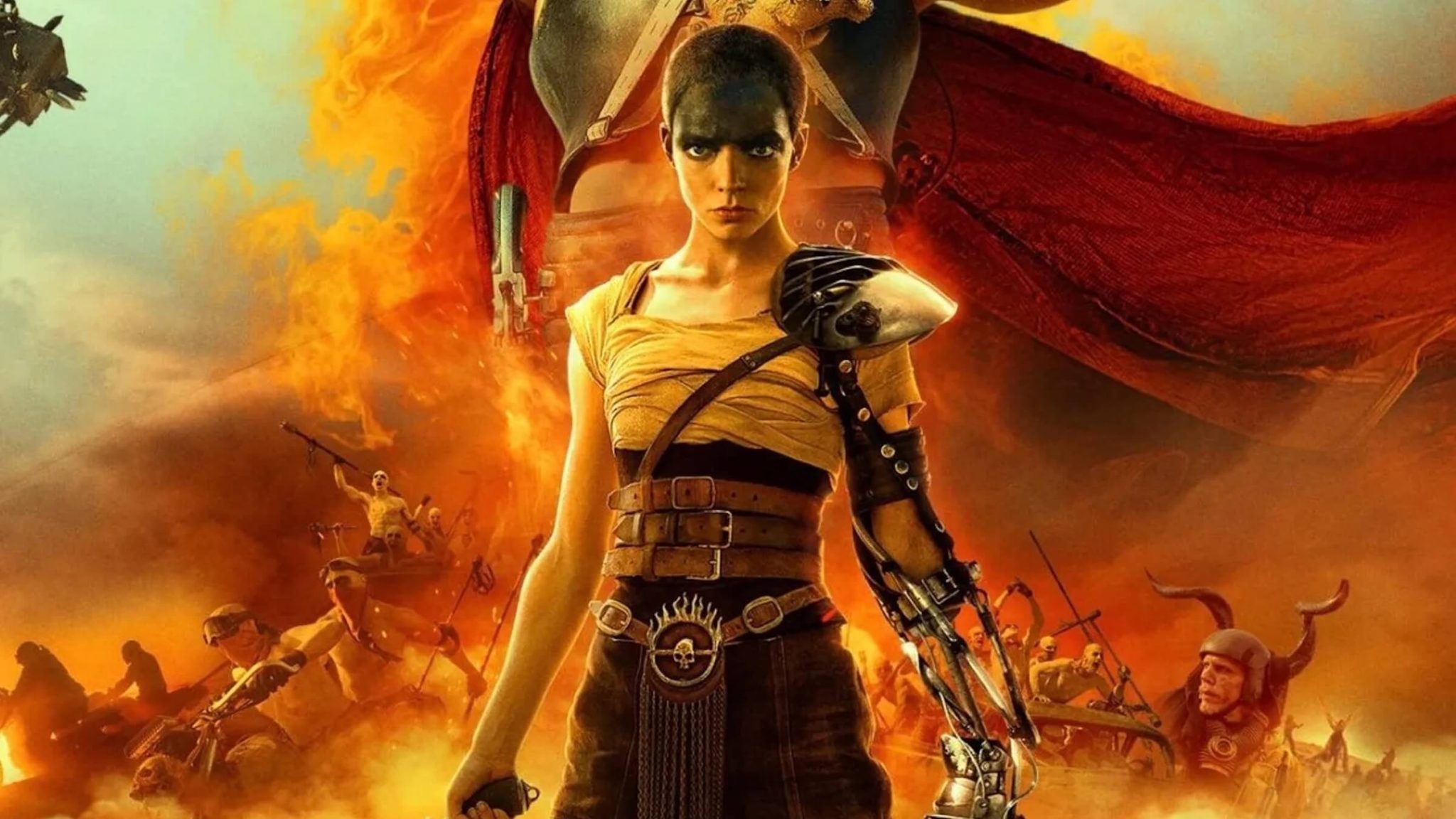The Neuroscience Behind Horror Screenwriting and Filmmaking
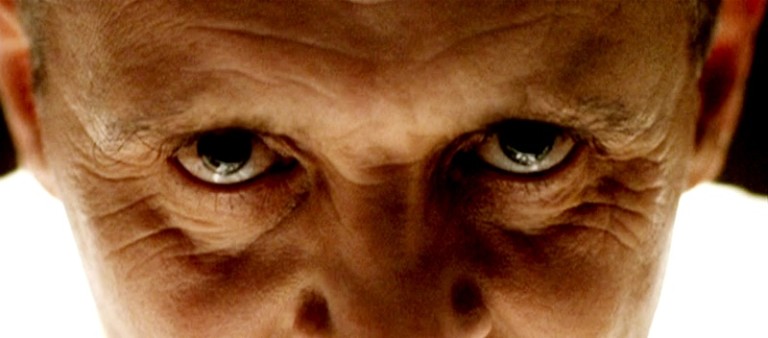
"The audience is like a giant organ that you and I are playing, at one moment we play this note, and get this reaction, and then we play that chord and they react. And someday we won't even have to make a movie — there'll be electrodes implanted in their brains, as we'll just press different buttons and they'll go 'oooh' and 'aaah' and we'll frighten them, and make them laugh. Won't that be wonderful?" - Alfred Hitchcock
You're driving through the country on a dark and stormy night. The heavy rainfall forces you to slow down as your headlights cast shadows on the lurking trees surrounding you. Suddenly, a flash of lightning illuminates a DARK FIGURE IN BLACK ROBES standing on the side of the road...
You're in your house, alone, reading a book as you lay in your comfortable bed. There's a knock at the front door downstairs, which sends a shiver down your spine as it is well past midnight. Silence. Another knock. You slowly make your way down the stairs cautiously. Another knock makes you gasp out loud until the knocks turn into horrific scratching sounds on the other side of the door.
Maybe it's an animal, but animals don't knock. You slowly inch your way to the door and look through the peep hole. Nothing but darkness until...
A RUSH OF FOOTSTEPS FROM UPSTAIRS RESONATES LOUDLY, followed by the SLAMMING OF YOUR BEDROOM DOOR. It's in your bedroom. Whatever it is.
These are the types of scenes that audiences flock to experience in theaters, putting themselves into the shoes of characters caught in horrifying situations like the those introduced above.
Despite the fear audiences feel during horror movies — and then after as they walk through their dark homes at night — they keep coming back in droves each and every year when the next buzzed about horror movie is released.
Take a look at this audience as they watch a screening of Paranormal Activity 2:
The cinema has been scaring us for over one hundred years and we're just now starting to explore the neuroscience behind those reactions. The question that we're finally getting answers to is, "Why is our brain and body acting as if these scary events are happening to us? Enough to make us scream, cry, and yell?"
Audiences scream, cry, and yell because our survival instincts, deeply embedded in our DNA and primal behavior, reacts without delay in order to alert ourselves and our "tribe." Despite the fact that audiences know that they're sitting in a movie theater and watching a product that has been produced by film crews, special effects companies, and actors, the primal instincts act first, before we can reason the logical truth that these events aren't really happening and there is no danger at hand.
"Usually when we're watching something we've shut down the motor regions of the brain, and yet those stimuli [from a shocking scene] are so strong that they overcome the inhibition to the motor system," says Michael Grabowski, an associate professor of communication at Manhattan College and the editor of the textbook Neuroscience and Media: New Understandings and Representations.
"The scream is a way to alert others in your social group and scare off attackers," says Grabowski.
Grabowski actually has a background in filmmaking. He's taken that experience and melded it with his research on an emerging field called "neurocinematics," which focuses on the connection between the mind and the experience watching movies.
Dutch media studies professor Patricia Pisters wrote in a recent essay, "in contemporary thrillers, the spectator knows just as little as the characters, and is immediately drawn into the subjective emotional word of the protagonists. As spectators, we indeed experience the world increasingly 'inside out' and have direct access to the drama of the neural mechanisms of emotion. We are taken on a neuronal rollercoaster that will eventually give us the story."
So why do audiences put themselves through this phenomenon?
According to John Edward Campbell, an expert in media studies at Temple University, teens and people in their twenties “are more likely to look for intense experiences." They haven't lived in the real world yet, where life throws them into intense experiences of their own with things as big as war, politics, and death — not to mention dealing with getting career jobs, paying car payments, paying mortgages, etc. As people get older and go out into the real world, they don’t need to get their scares from movies.
“Older people have stimulation fatigue. Life’s [real] horrors scare them, or they don’t find them entertaining any more — or interesting,” Stuart Fischoff, professor emeritus of psychology at California State University, states.
There is also the Cathartic Effect in play, where the more distress, fear, and anxiety an audience member feels while watching a horror movie, the more likely they are going to enjoy the genre. “The pleasure comes from the relief that follows,” says Campbell. “It provides a cathartic effect, offering you emotional release and escape from the real world of bills and mortgages and the economy and relationships.”
Sigmund Freud suggested that horror was appealing because it traffics in “thoughts and feelings that have been repressed by the ego but which seem vaguely familiar."
Psychologist Dr. Glenn D. Walters identifies three primary factors that causes audiences to be so allured and engaged by horror movies.
1. Tension
This is created through mystery, suspense, gore, terror, or shock. These are the most basic elements of horror.
2. Relevance
Horror movies have to be relevant to potential viewers. The more relevant the horror movie is in the eyes of the audience, the bigger the audience will be. Death and the unknown are perhaps the most relevant topics. Subgroup relevance comes into play as well. Teenagers made movies like Scream and I Know What You Did Last Summer horror hits in the 90s due to the characters of each being in their teens.
3. Unrealism
In 1994, there was an experiement conducted on students, showing them a series of gruesome documentary videos. Many showcased the brutal death of animals. Few could make it to the end. But despite that show of restraint while watching real horrific incidents of violence and gore, they are the same people that would pay money to see the latest horror movie with perhaps even more gore, violence, and horror.
When audiences walk into the theater, they know that they are seeing fabricated reality. They see the filmmaking in front of their eyes with different angle, shots, background music, etc. They see the screenwriting as story lines and character arcs are set up.
Such knowledge also explains why adults look back on the movies and images that scared them as children, only to see that those horror movies are very hokey and lackluster in retrospect. Children don't have the grasp of reality that adults do, thus the scary images they see at such a young age can't be filtered through the logic that adults have.
According to Walters, these three factors are why horror movies are so popular today.
Whatever scientific theory or explanation we believe, the fact remains that we as a species love to be scared. Perhaps it also has to do with those repressed instincts that we've buried over the thousands of years we've been living as a civilized species. We don't have to fear the beasts that lurk outside our villages, waiting to pounce. We don't have that physical release of protecting ourselves and our people. We don't have to venture into the wilderness to hunt down dangerous prey or to go through the process of hunting and killing our own food.
So what do we do in place of that? Some go on rollercoasters and thrill rides. Some climb mountains and jump out of perfectly good planes. Most others save themselves from the possible physical and mental repercussions of such dangerous antics and merely go to the local movie theater to watch the latest horror movie, knowing full well that they'll probably scream, shudder, gasp, and grab the person next to them in fear.
Screenwriters and filmmakers have the unique opportunity to provide that highly desired experience. They can craft horror rollercoaster rides of their own, triggering those primal instincts within audiences.
If any genre has showcased longevity, it's the horror genre. One in which screenwriters and filmmakers know that there's always going to be the call for the next horror classic, or even the guilty pleasure of different takes on what has come before. The next slasher flick. The next haunted house classic. The next monster-in-the closet tale. And perhaps the first of a new breed of horror.
Check out ScreenCraft's 8 Ways Horror Movies Scare the S*** Out of Audiences and submit your horror script to ScreenCraft's Horror Screenplay Contest, the industry's #1 horror contest according to Indiewire.

Tags
Get Our Screenwriting Newsletter!
Get weekly writing inspiration delivered to your inbox - including industry news, popular articles, and more!


